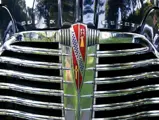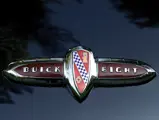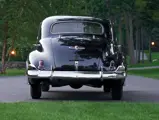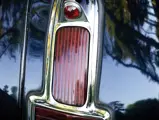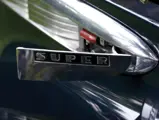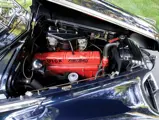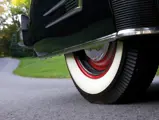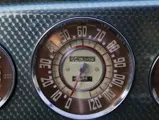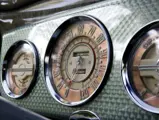Model 51. 125 bhp, 248 cu.in. OHV inline eight-cylinder engine with two 2-barrel carburetors, three-speed manual transmission, independent front coil-spring suspension, live rear axle with coil springs, and four-wheel hydraulic drum brakes. Wheelbase: 121 in.
Buick offerings expanded markedly for 1941, as they now featured five series, which included the two different Special models on two different wheelbases. Production set a record for the marque, with 316,251 cars built in the calendar year, placing Buick in fourth place for the industry.
Although engine displacement was the same as in 1940, internal changes were made to all powerplants, with a new piston design added to boost horsepower. However, the real big news at Buick in 1941 was Compound Carburetion. This system used a pair of two-barrel carburetors: the front carburetor functioned all the time, with the barrels each feeding four cylinders, and the rear carb, with only a float system and jets, came into play during acceleration and at high speeds, when its barrels worked in parallel with those of the front carb. The system became standard on upper series and optional on Specials, but it was used in 1941 and 1942 only.
This 1941 Buick Super is a largely original car that has been cosmetically refreshed over the years. It shows fewer than 35,000 miles, which are understood to be correct. The factory Compound Carburetion is intact, as are the original radio, heater, turn signals, and fender skirts. It also has front and rear bumper extensions and guards, as well as dual outside mirrors on the front doors, rain guards over the windows, and beauty rings on the red wheels. New wide whitewall tires have been fitted very recently.
This lovely Buick was formerly in the collection of the late, highly regarded interior supplier Lewis Jenkins in North Carolina. It earned AACA National First honors in 1977 and a Regional Senior First in 1978. It presents equally well today.




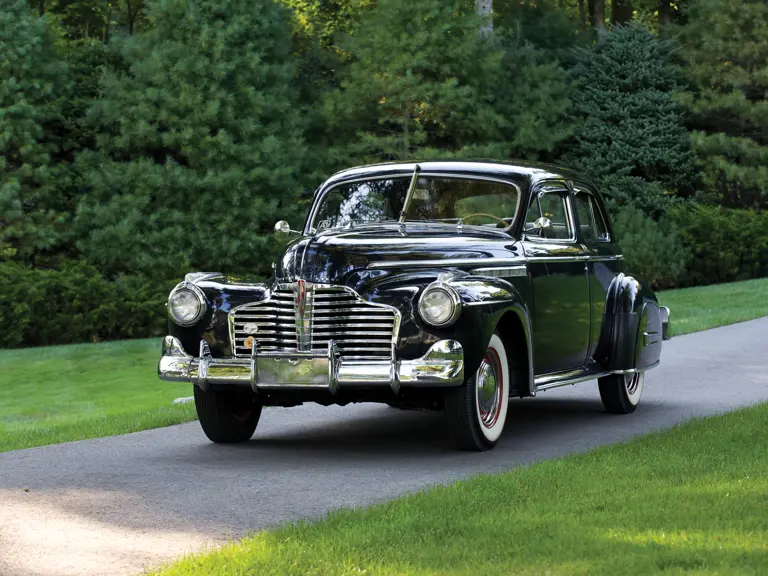
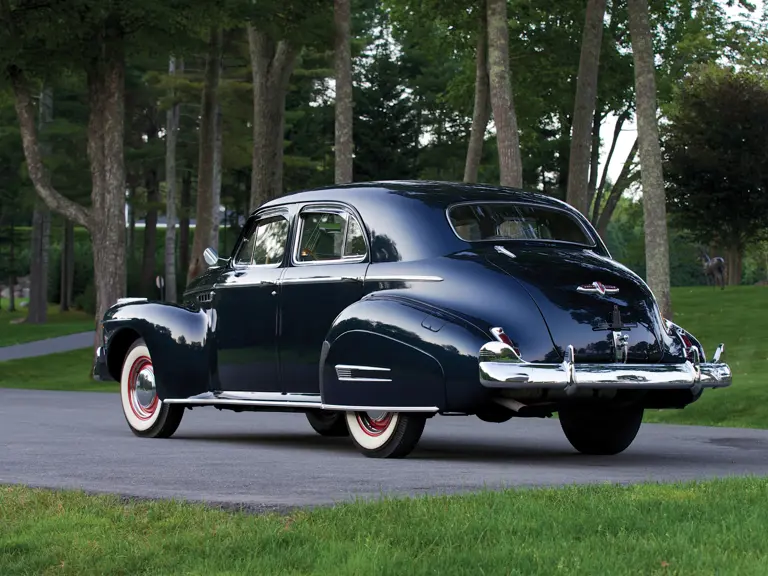
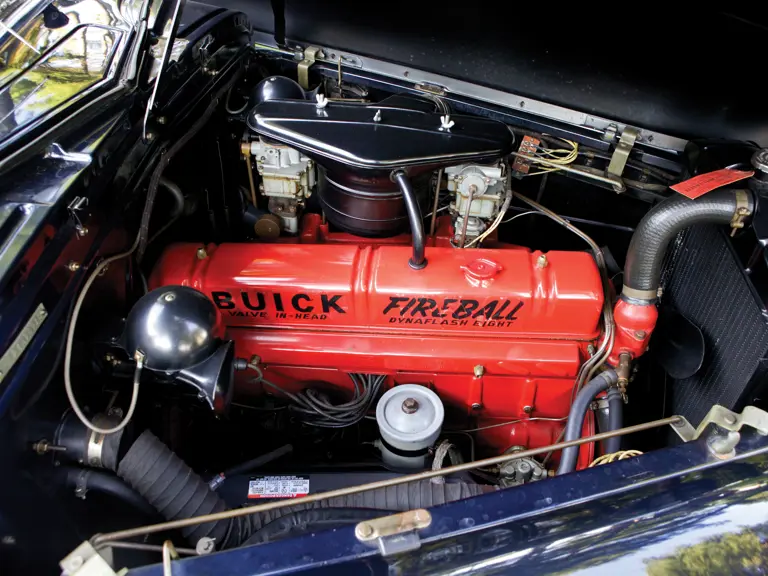
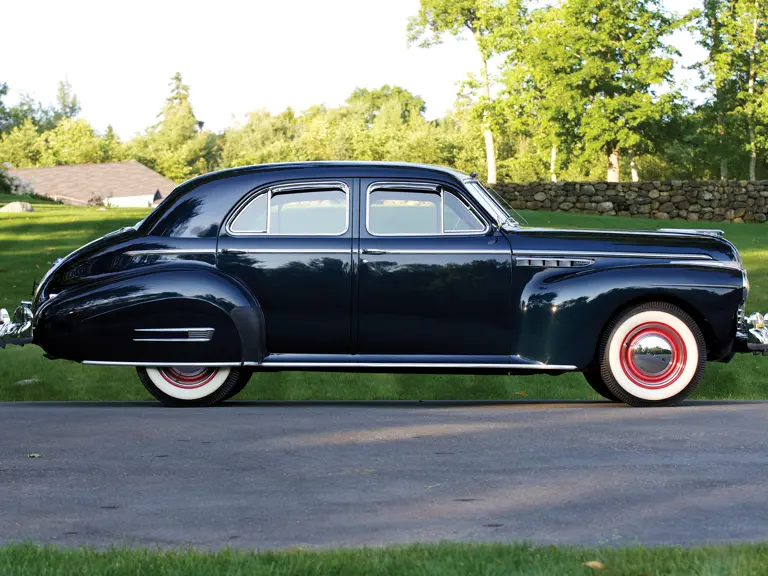
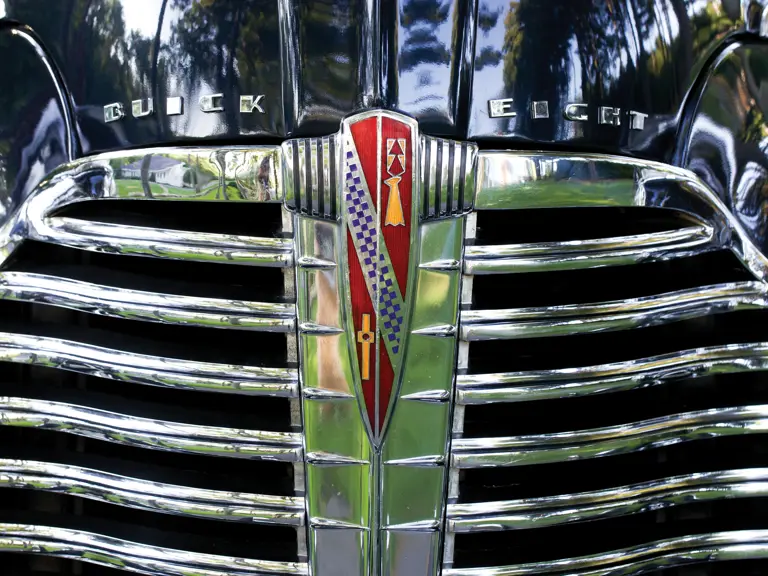
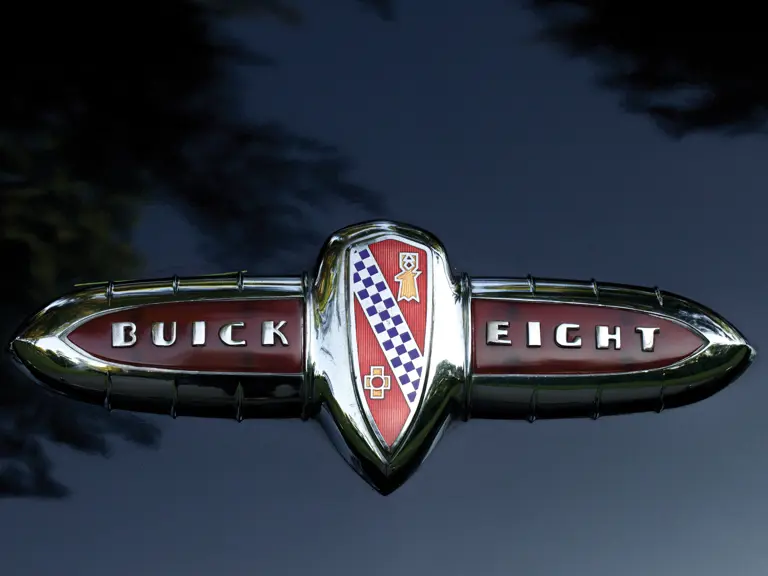
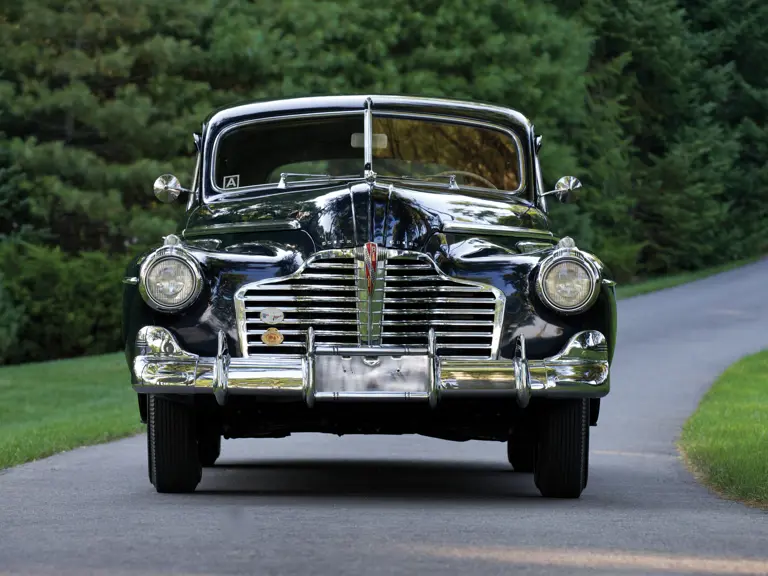
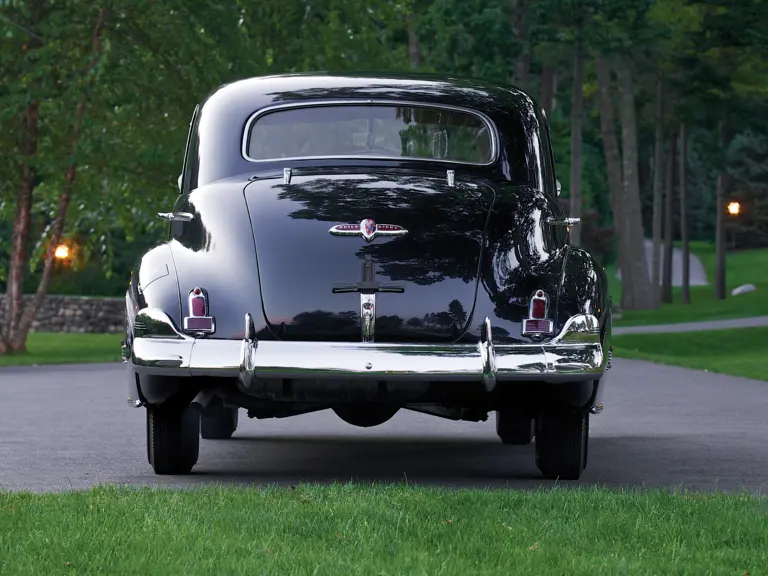
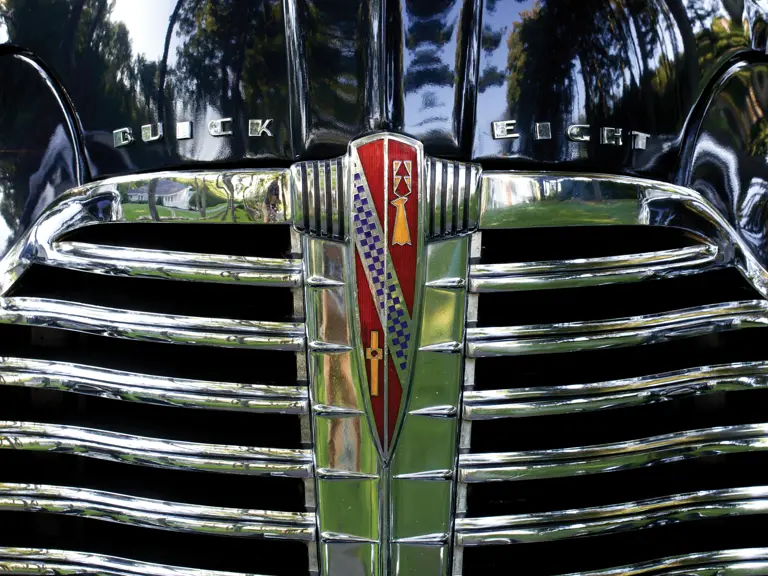

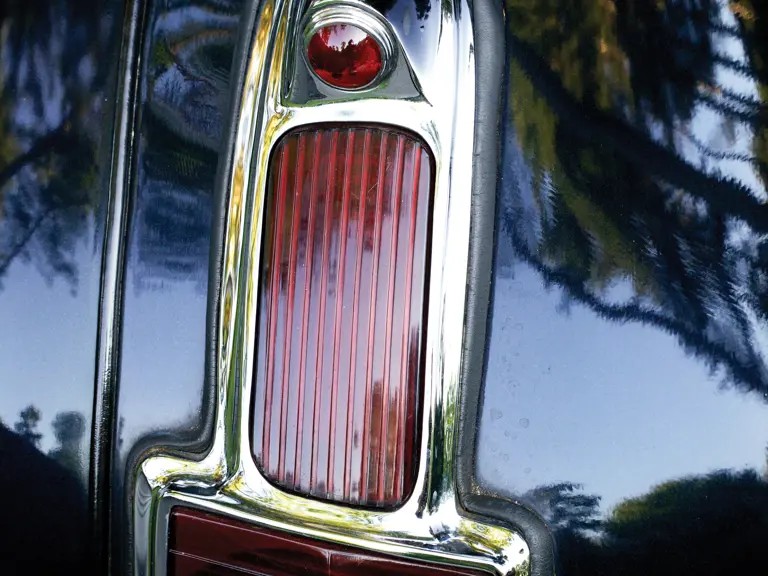
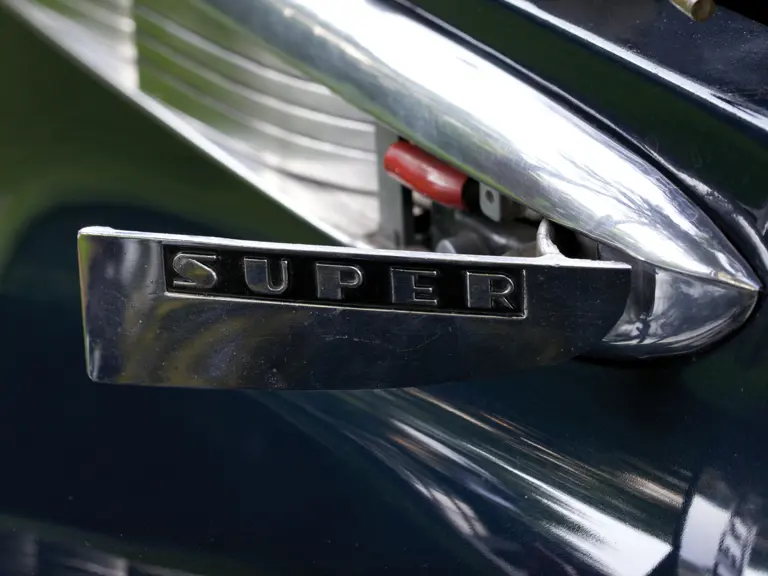


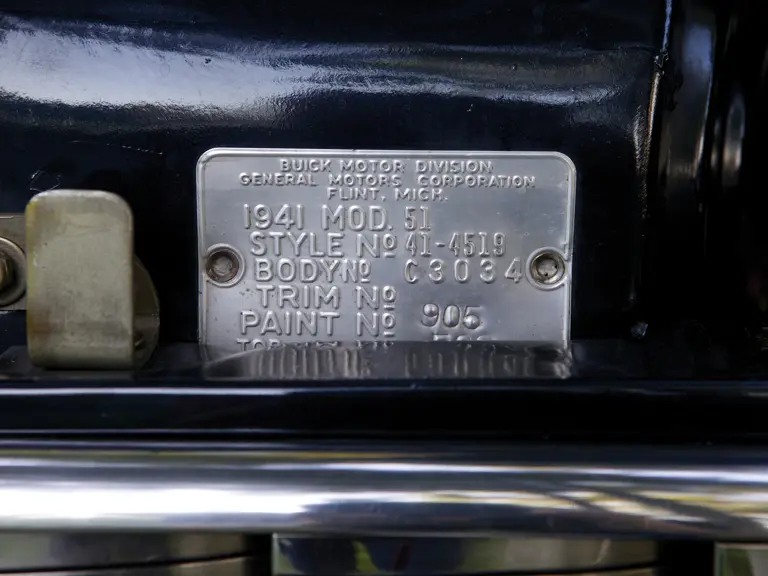
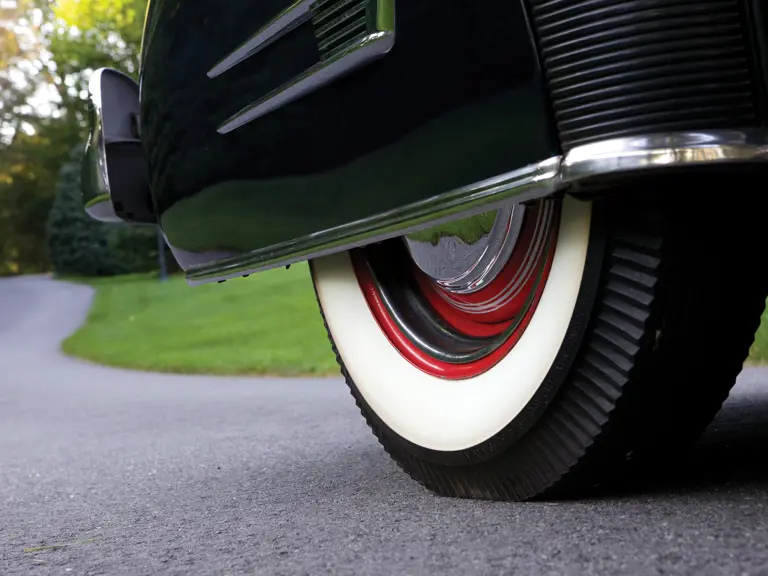
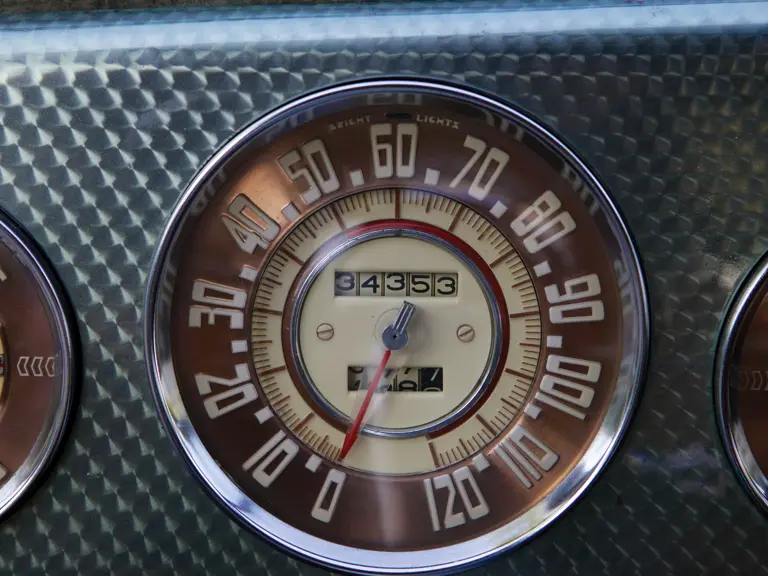

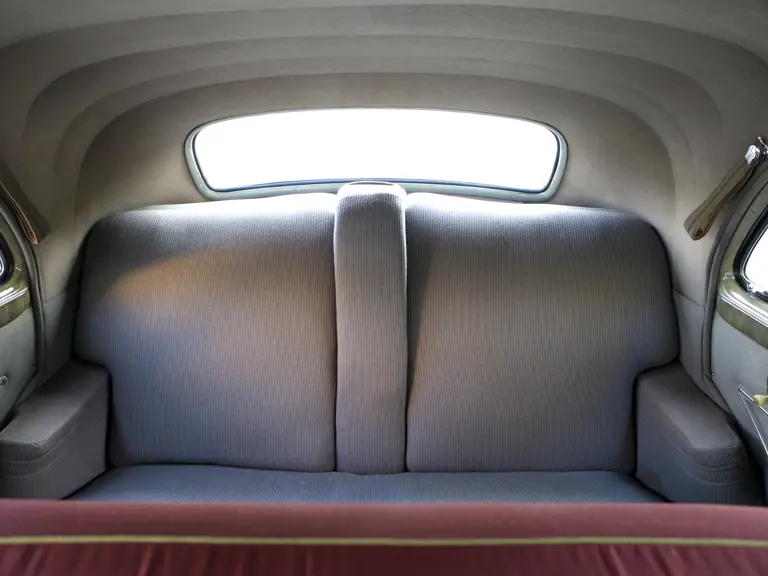
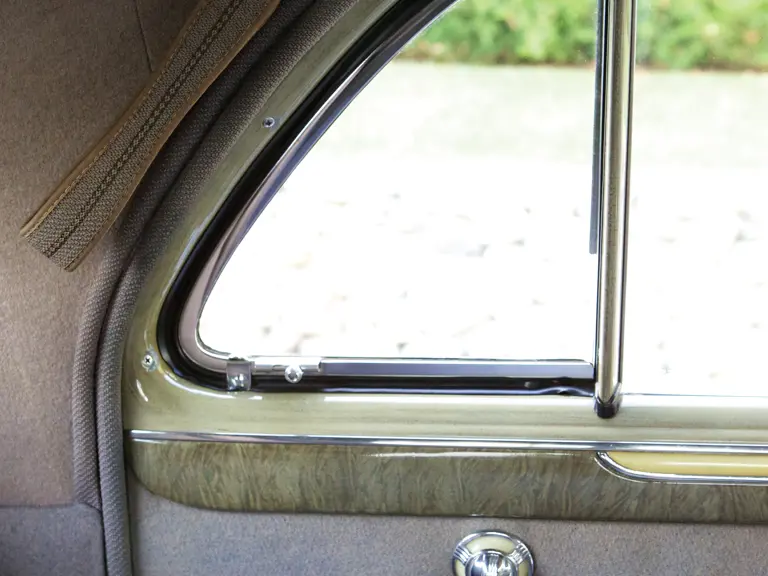
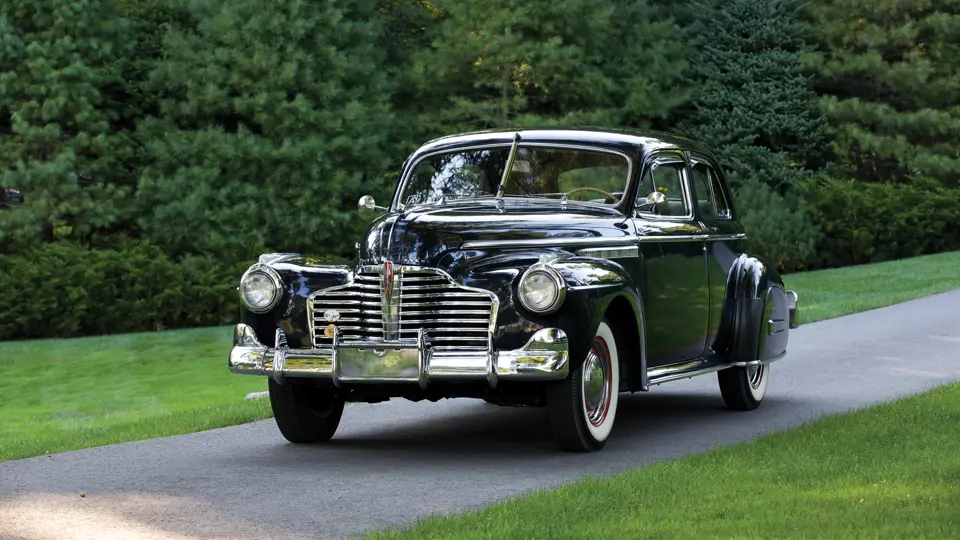
 | Hershey, Pennsylvania
| Hershey, Pennsylvania



